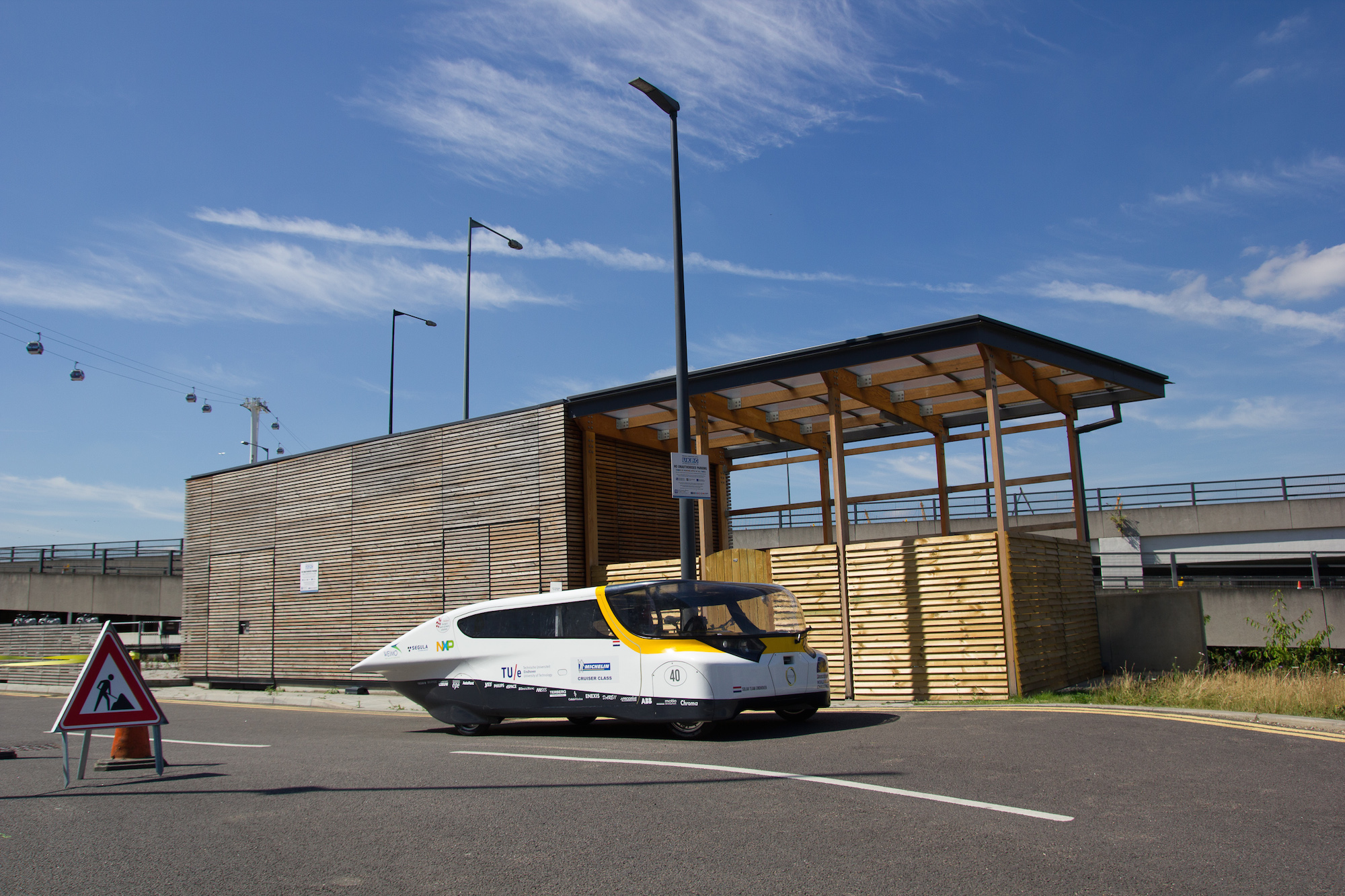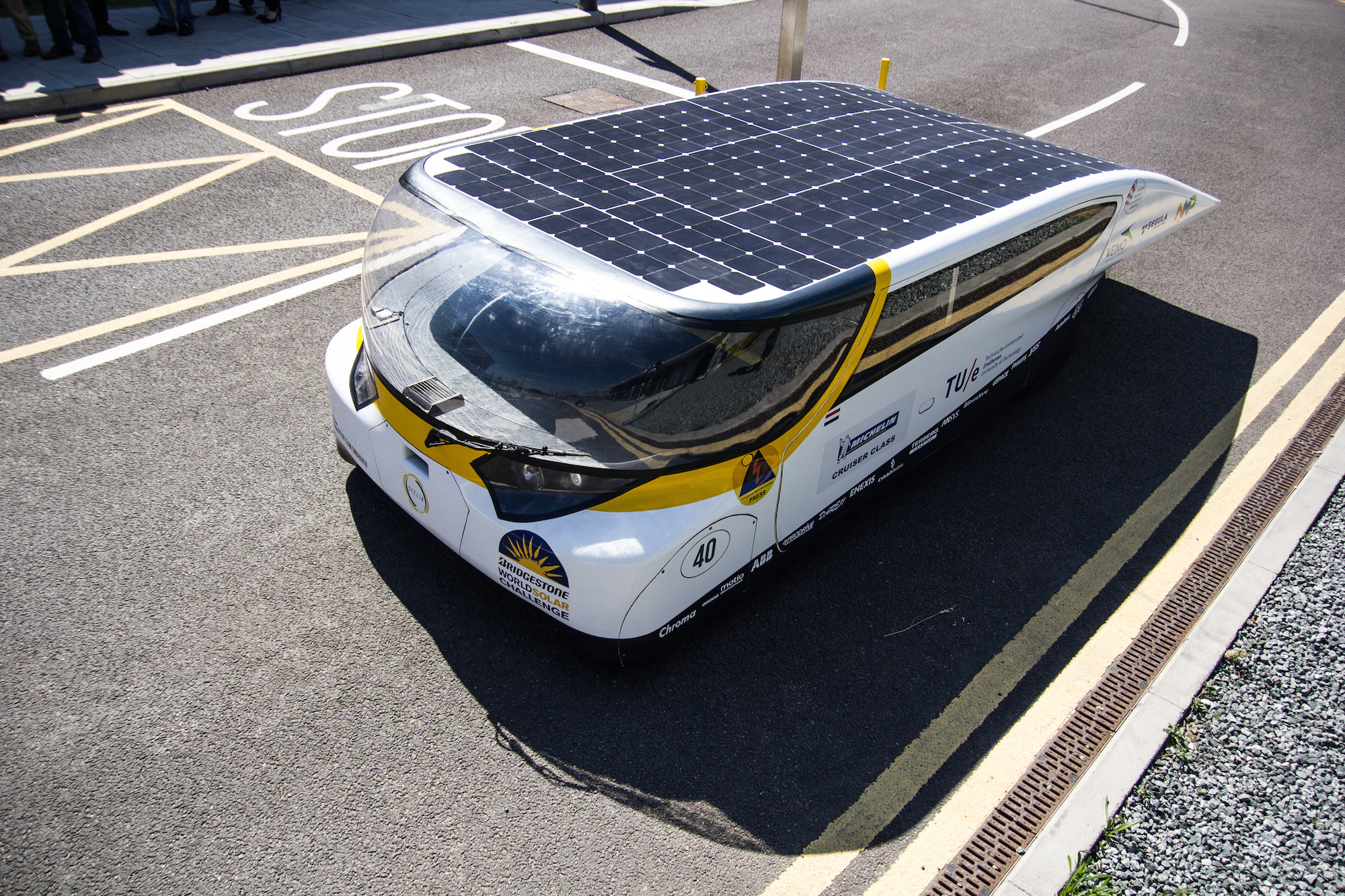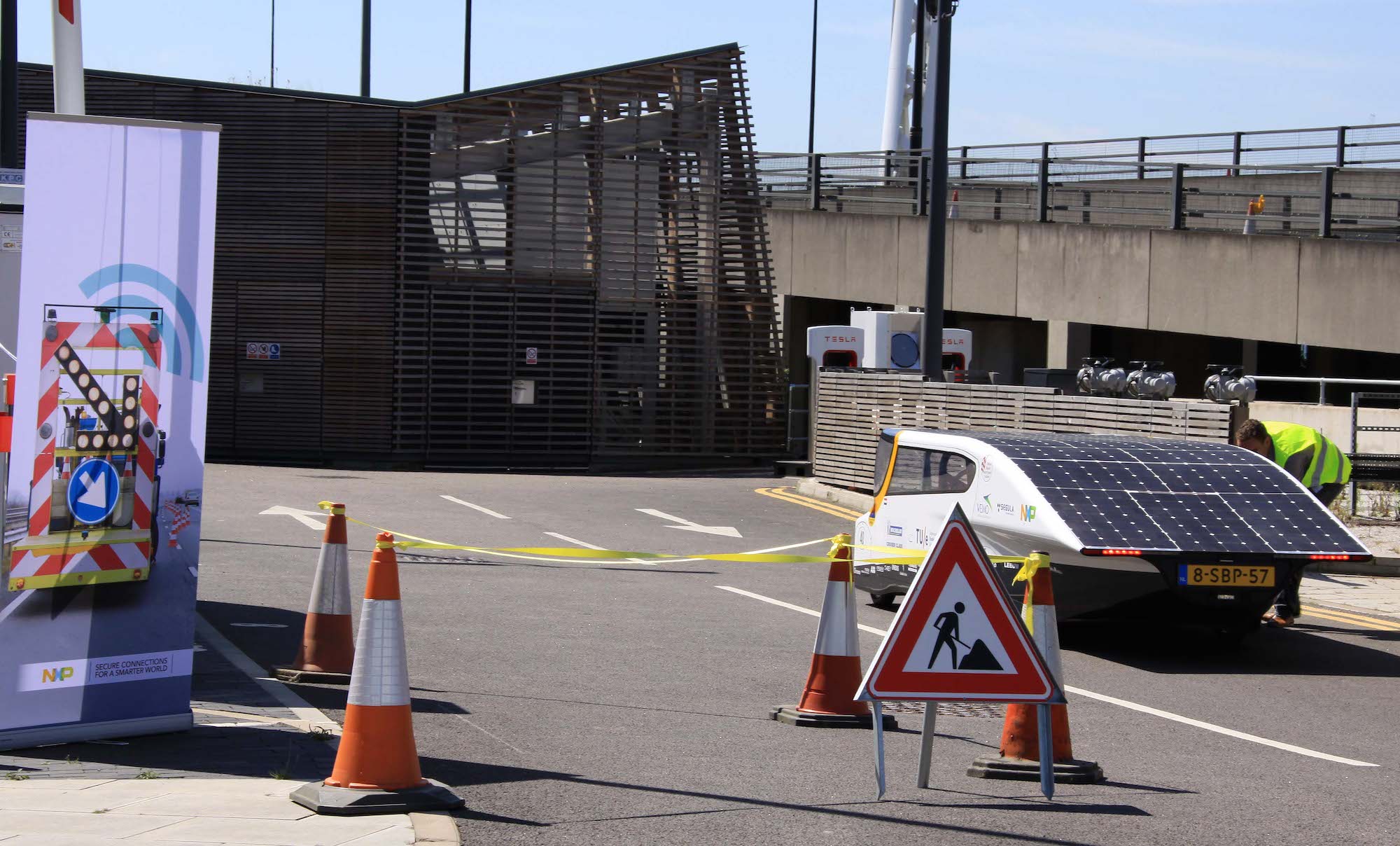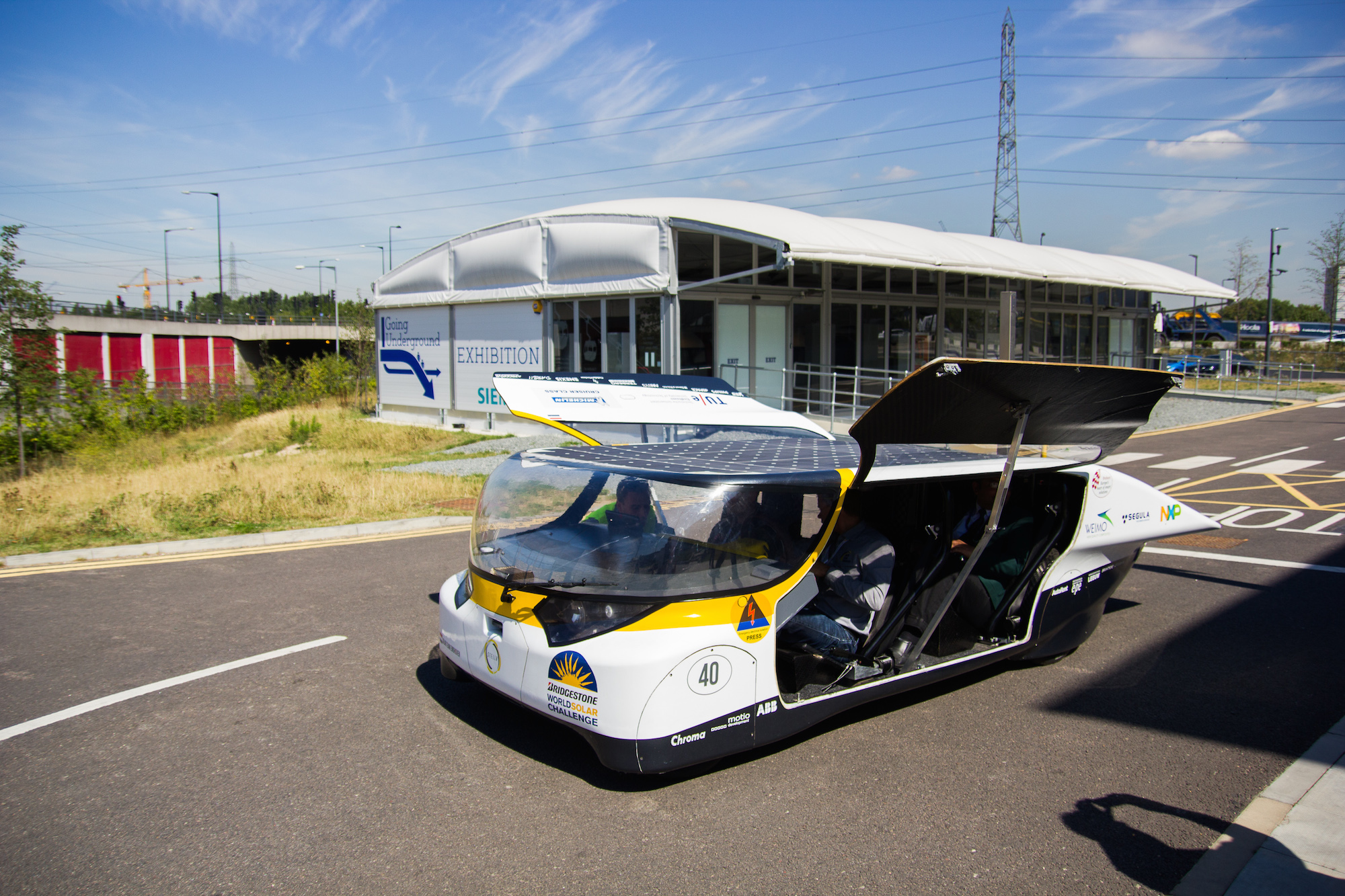Is Stella the solar powered car of the future?
With a range of 700km, solar power looks suitable enough to power next-gen cars

Designed by students at the Eindhoven University of Technology in Holland, Stella won the 2013 World Solar Challenge, a 3000km endurance test over six days.
Making her first appearance in the UK, we take a look at what makes her so special.
Light power
Aside from the unique design, Stella is powered by sunlight.
It's a misconception that a bright sunny day is needed to generate enough energy to drive a solar powered car. The opposite is true because clouds diffuse sunlight and rays of light are therefore spread across large surface areas.

Specifications
Weight - 380kg (63kg battery)Material used - Carbon fibreTotal range - 700kmRange on battery - 430kmCharge time - 7/8 hours from mainsTop speed - 120km/hRoad legal - Yes
Get the ITPro daily newsletter
Sign up today and you will receive a free copy of our Future Focus 2025 report - the leading guidance on AI, cybersecurity and other IT challenges as per 700+ senior executives
Based on an average of 70km per day, which is twice the average distance driven in Holland, Stella is able to produce more energy than she uses in 10 months of the year. For the average person, this represents a sustainable method of transport.
Stella has a range of up to 700km when solar power is in action and can travel up to 420km on battery power alone. However, exact range varies depending on the terrain, as hills require more energy to negotiate.
Unique features
With NXP chips inside, Stella is able to communicate with other vehicles and infrastructure using Wi-Fi 802.11p. In a test bed setup, the car was able to warn the driver of incoming road-works, so they could switch lanes in advance. In principle this system will also allow the car to share information with other infrastructure such as traffic lights and also communicate with other cars to enhance collision detection.

The internals are bare, which is expected as the car needs to be as light as possible. On average road cars have close to 100 buttons, and Stella keeps this to a minimum. The steering wheel is interesting as it provides haptic feedback when users are speeding, and the indicators are activated by pushing on the relevant sides of the steering wheel.
When Stella's battery is fully charged, energy from the solar panels can be used to charge other gadgets.
What's it like to be a passenger?
Stella has a low-centre of gravity so it feels like riding in a go-kart. The gull-wing doors give it a retro 80s look. Getting into the car is the most awkward part, as you have to bend down low to avoid smashing your head against the frame.

Conditions inside the car aren't as cramped as you'd think. Stella has a long chassis so it's got more legroom than most hatch backs.
One thing which can get irritating is the noise generated by moving parts when setting off from a stand-still. The noise quickly subsides and once you're moving at speed she is virtually silent. This is annoying with urban driving which is constantly stop-start.
Is Stella the future?
For now, Stella will remain as a prototype and a team at Eindhoven University will design another car from scratch. Due to her modular design, Stella will be used to test various add-ons relating to car-to-car communications and solar power.
The reality of Stella making it to mass production in this form is low at present but the design and technology principles are likely to trickle down to commercial vehicles.
-
 Should AI PCs be part of your next hardware refresh?
Should AI PCs be part of your next hardware refresh?AI PCs are fast becoming a business staple and a surefire way to future-proof your business
By Bobby Hellard Published
-
 Westcon-Comstor and Vectra AI launch brace of new channel initiatives
Westcon-Comstor and Vectra AI launch brace of new channel initiativesNews Westcon-Comstor and Vectra AI have announced the launch of two new channel growth initiatives focused on the managed security service provider (MSSP) space and AWS Marketplace.
By Daniel Todd Published